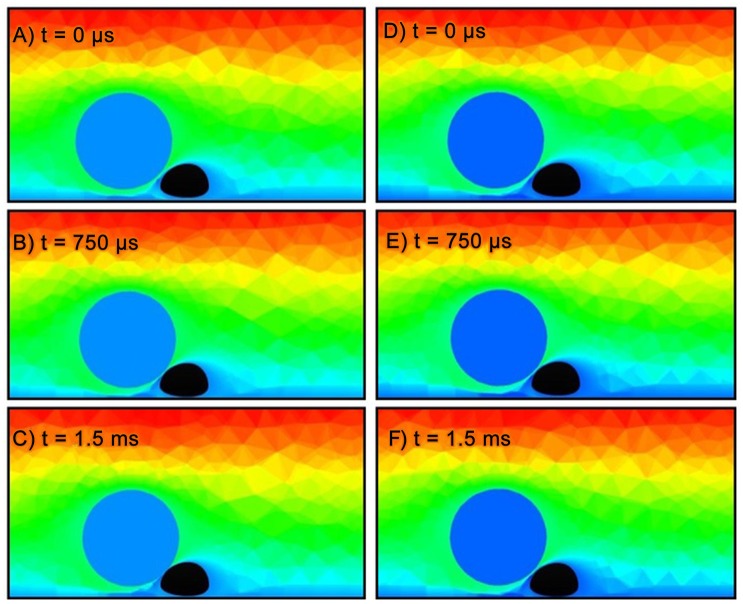Fig 3. Comparison of CFD results using same initial parameters, with and without repulsion.
(a-c) show results for the CFD simulation without the cellular repulsion. Without repulsion, the bodies can collide and cause the CFD solver to crash. When a collision occurs, as shown in (c), the CFD may produce non-physical results or be unable to reach a converged solution. (d-f) show results for CFD simulation with cellular repulsion activated. In this case, the bodies do not collide and the simulation continues to advance in time. Note: results are 2D cross-sections of fully 3D simulations. Flow from left to right. Contours are normalized velocity magnitude (blue = 0, red = 1). PMN is colored in black and melanoma cell is colored in blue.

